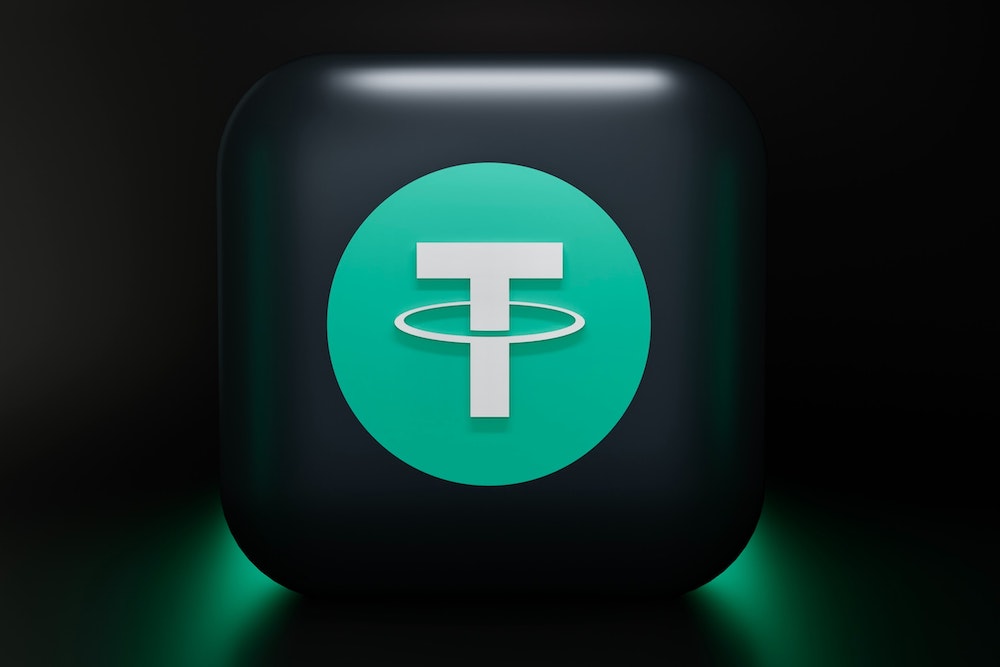Stablecoin issuer Tether said it will discontinue support for Kusama (KSM) and Bitcoin Cash (BCH) SLP implementations, according to an announcement today. It will also end support for Omni, a Bitcoin layer used for USDT transfers since 2014.
Omni was the first transport layer that Tether used. The software was built on top of the Bitcoin blockchain and designed to enhance its features by providing smart contract capabilities.
In the announcement, Tether pointed out that the Omni Layer has faced a series of challenges due to the lack of popular tokens and the availability of USDT on other blockchains. This has led other exchanges to favor alternative transport layers, leading to a decline in USDT usage on Bitcoin using the Omni Layer.
“Therefore, after careful consideration, Tether will embark on a strategic transition, discontinuing support for the Kusama, Bitcoin Cash SLP and Omni Layer implementations,” Tether added.
Tether is the largest stablecoin with a market cap of $82 billion, of which about $240 million worth of tokens are issued on the Omni layer while $1.4 million and $980,000 are supplied on Kusama and Bitcoin Cash respectively, according to Tether’s transparency report.
The Stablecoin provider will cease the minting of USDT-Omni, USDT-Kusama, and USDT–BCHSLP from August 17. However, users can still reclaim their tokens as usual for at least the next 12 months and can also swap them for USDT on other chains via platforms like Bitfinex.
Although USDT usage on Omni has decreased in recent years, given the availability of the stablecoin on other blockchains, Tether said it would remain open to reconsidering issuing USDT on Bitcoin via Omni in the future if there is a boost in the Omni Layer’s decentralized exchange and token issuance protocol usage.
Tether also stated that it is also actively contributing to developing RGB, a client-side validated state and smart contracts system operating on Layer 2 and 3 of the Bitcoin ecosystem. Using RGB functions on both on-chain (Bitcoin L1) and Lightning Network, Tether plans to return to issuing the stablecoin on Bitcoin once USDT on RGB goes live.










